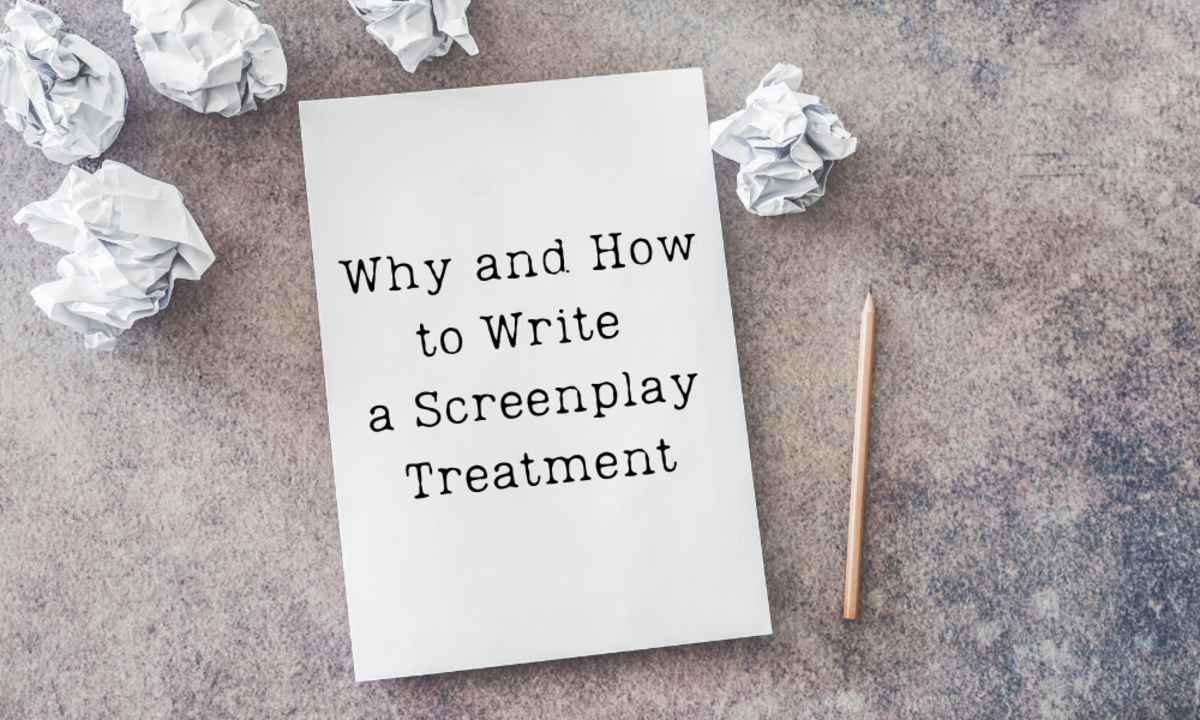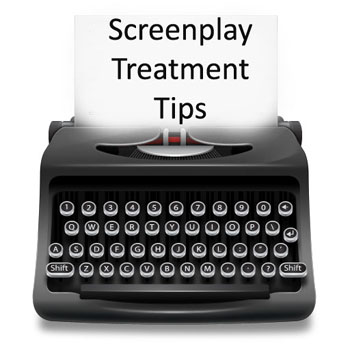Susan Kouguell explains what a screenplay treatment is, why you might need it to pitch your screenplay, and the do’s and don’ts of creating a treatment.
FEB 12, 2020
Click to tweet this article to your friends and followers!

As chairperson of my motion picture company Su-City Pictures East, LLC, since 1990, I have worked as a script consultant and screenplay doctor for the major studios, as well as independent film companies. The film industry has changed since the burgeoning of independent films, garnering well-deserved attention, and the growth of streaming platforms, offering screenwriters more opportunities to get their movies made.
What hasn’t changed?
You still need to write a brilliant script.
What does this all have to do with writing a treatment?
It means that you must be prepared in the event that a treatment is requested of you by a film executive, producer or director.
Fine. But what does that really mean for you?
Let’s start with defining what exactly is a treatment.
What is a treatment?
Like so many elements in the screenwriting and filmmaking process, there are no hard and fast rules, but here we go:
A treatment is a detailed overview of a screenplay or script idea written in prose form that is used as a marketing tool for both spec and for-hire screenwriters to sell their project. It is sometimes referred to as a written pitch.
Producers, studios, and/or production companies usually request treatments after you pitch a project idea to them. They will then tell you how many pages to make your treatment. The average length of a treatment is usually between ten and thirty pages, but a treatment can also be as short as one page.
I know what you’re thinking. The treatment sounds like a synopsis. Is it?
Although a treatment and a synopsis are both considered marketing tools to sell your script or script idea, they are not the same. A treatment is a more comprehensive and detailed overview, while a synopsis is generally one page and includes only the very broad strokes of the main plot of your script.
There are varying opinions as to why you should write a treatment or not write one, but having one ready to submit can increase your chances of getting noticed.
Executives, producers, and companies have enormous amounts of material to plow through, so reading a treatment as opposed to a screenplay takes less time. Keep in mind that if you write a treatment for the purpose of pitching it to a company without writing the script, it may lessen your chances of being hired.
It’s not really necessary to write a treatment unless it assists you in fleshing out your ideas and developing your screenplay. Many writers write treatments solely for their own purposes and, like an executive, use their treatments to determine what’s working and what’s not in their scripts.
Studios, production companies and/or industry folks might request you submit a treatment to them after you pitch an idea and they are interested in your project. They will tell you approximately how many pages to write for the treatment.
A treatment that is written for submission to a company must clearly reflect your talent as a writer. Executives are looking for unique and marketable subject matter that an audience can relate to so they can sell it!
Treatments are evaluated on several levels: Is this a good, marketable story? Does the writer have the talent and ability to translate this into a great screenplay?
Executives and producers use treatments as both a selling tool to get your movie made and as a way to identify story, characters, and structural strengths and weaknesses.
Whether you write a treatment based on your original idea, an adaptation of a novel, or true story, the reader will evaluate your ability to dramatize the project into a riveting story complete with captivating characters and a solid structure.
Like a screenplay, your treatment must immediately grab the reader’s attention. It must have energy and follow the conventions of the genre. The reader must get a vivid sense of your story: What the world looks like and how it feels. Use visual imagery to describe your settings and time periods. Distinguish your characters so the reader has a clear understanding of who they are (such as profession or personality) and what motivates their actions.
Readers’ standard questions are: “What sets your story apart from others about the same subject? What makes both your story and your approach unique?”
Your plot must continue to build momentum from page one line one right through to the very last sentence. Your treatment must feel immediate to the reader; each event about to unfold must create interest and excitement.
Follow your protagonist’s journey. Clearly describe your characters and their arcs, their motivations for their actions, and the obstacles they must overcome. The story’s point of view must be clear so the reader knows whose story you’re telling. Your treatment must highlight the main plot points, your major characters, and your turning points.
Formatting Your Treatment
As opposed to a screenplay, there is no specific industry format for a treatment. However, there are some basic guidelines to follow:
● Write your treatment in block paragraph form, that is, without using indentations. Skipping a space between paragraphs.
● Suggested fonts are: Courier New 12 or Times New Roman 12.
● Using separate Act 1, Act 2, and Act 3 headings to delineate each act is recommended.
Your Treatment Must:
● Excite the reader to want to read your screenplay;
● Be a clear and accurate reflection of your screenplay (if you’ve already written it);
● Illustrate your hook—what makes this different from other stories about the same subject matter;
● Be easy, interesting, and enjoyable to read;
● Contain short rather than long paragraphs;
● Be written in visual prose;
● Be written in the present tense;
● Have precise and simple sentences, since each word counts;
● Have a strong opening to hook the reader;
● Have a compelling and satisfying climax;
● Have a clear structure;
● Establish what’s at stake in your story;
● Have an intriguing and empathetic protagonist the reader will root for;
● Follow your protagonist’s journey and arc;
● Include the central conflict and obstacles your protagonist must overcome;
● Establish your antagonist and his or her goals;
● Include the main and supporting characters;
● Include the major plot points and turning points;
● Illustrate action and description;
● Include minimal or no back story;
● Include snippets of dialogue, using quotation marks, but only to illustrate a poignant or critical moment that further defines the character and/or story.
Your Treatment Must Not:
● Use screenplay format;
● Use flowery language;
● Include unnecessary details;
● Include author’s editorial comments;
● Include characters’ inner thoughts;
● Include phrases like “It’s a story about….” or “What happens next is…” Just tell the story.
Have a trusted friend, colleague, or consultant read your treatment prior to submitting it film industry folks, to make sure that it’s an attention-grabbing and interesting read—with no typos or grammatical errors. Register your treatment with the Writers Guild of America (WGA) prior to submitting it to companies for consideration.
